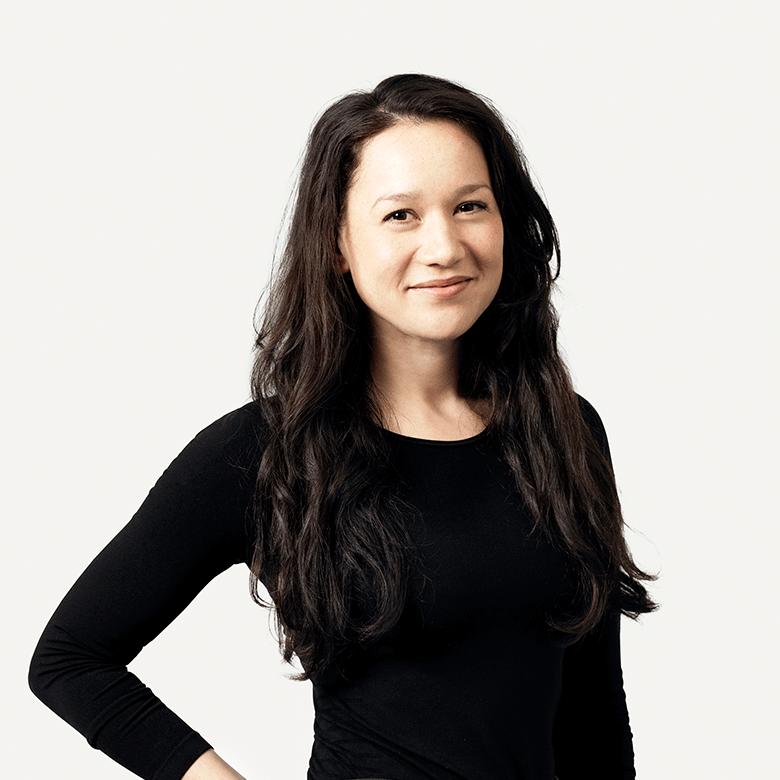A few years ago, there was a design proposal nominated for Index Award that particularly caught my eye. The Ceremony Room, designed by Svendborg Architects. A beautiful communal space designed for people of all religions or no religion to celebrate and commiserate meaningful life events. From birth ceremonies to funerals and everything in-between.
When the project came up for discussion with my colleagues, the room was divided. All noted the good intentions behind the design but, some questioned the relevance. For me, however, it was on the mark. I’d seen virtually no other designs address religious prejudice. And, just as importantly, it recognised that religion and spirituality must be modernised in order to stay relevant, appealing and, above all, inclusive. After all, not everyone feels connected to or even welcome at traditional places of worship.
As described by the architects, the Ceremony Room is “a statement about a meaningful new architecture”. The circular glass structure is designed to evoke ethereal feelings without leaning toward any ideology. On the inside, the space is modular and uses elements like light and water to create a sacred feeling without holy symbols or artefacts. The building can even create a special entrance and space for women to respect Muslim traditions.
The grand proposal had a lot of promise but, despite all of the design team’s effort, the project never came to pass.
Arguably, the Ceremony Room is just a beautiful building. One could even claim that the stated purpose of hosting “interfaith activity” is just fancy branding to give it meaning. But, regardless of how you feel about it, it raises some very important questions. Can design really connect the world’s religions as well as the non-religious? Can design increase religious tolerance? And if so, why aren’t we doing more?
“How can we expect people to change if we don’t offer any tangible alternatives?”
Most of us can agree that seeing the consequences of our behaviour can increase empathy and trigger change. But, while I strongly believe in the power of the right information, its influence is often diluted. Particularly if there’s enough distance between the catalyst and the end result. Take meat consumption, for example. Many have peeked behind the curtain at the grim reality but, still refuse to cut back or go without. Regardless of the cruelty and climate impact. They like meat and who can blame them?
Opting for less plastic is another positive choice we can make but, most of us go for the easy option. We’ve all seen the images of the turtle’s shell pinched in at the sides as it grows around a discarded plastic ring. Or read the news of the pilot whale that died with 80 plastic bags in its stomach. But, convenience, right? Consumer behaviour is a tough one to budge.
With that said, however, it’s important to note that meat consumption and plastic use are said to be on the decline. And it’s not just because we’re finally starting to see that these very personal choices have a global impact. It’s because we’ve recognised that information isn’t enough. We know that people need significant nudging and we’ve been rolling out solution after solution.
While we’re slowly convincing the world that religious intolerance isn’t good for societies. How can we expect people to change if we don’t offer any tangible alternatives?
Just like any other behaviour, there’s a significant amount of persuasion, hand-holding and design needed to move people in the right direction. We need to help people opt for the right choice, not the convenient one.
It’s suggested that racism and intolerance influence us at different levels, from internalised, interpersonal to structural or institutional. When global messages fail and if we can’t address the problem at an institutional and structural level, how can we do it at a personal level? We design for it.
Good design can speak to real people. It can educate without condescendence and persuade without harsh confrontation. It recognises when gentle influence is needed and has the power to transform obligations into desires. In essence, design can make any difficult change palatable.
“Design can make any difficult change palatable.”
When it comes to religious tolerance, design can bring tangibility to the generic peace-promotion messages, as well intended as they are, that high-level politicians and institutions promote.
Although the Ceremony Room may not be the ultimate solution, it’s one answer to a critical problem that will need multiple solutions. Whether it’s a quick fix or a long-term operation, they both play a part and both need our support. And like any design process, the best solutions will be iterative.
Only by showing there’s another way, even though progress might be slow or flawed in the eyes of some, can we create diverse societies that properly co-exist.




